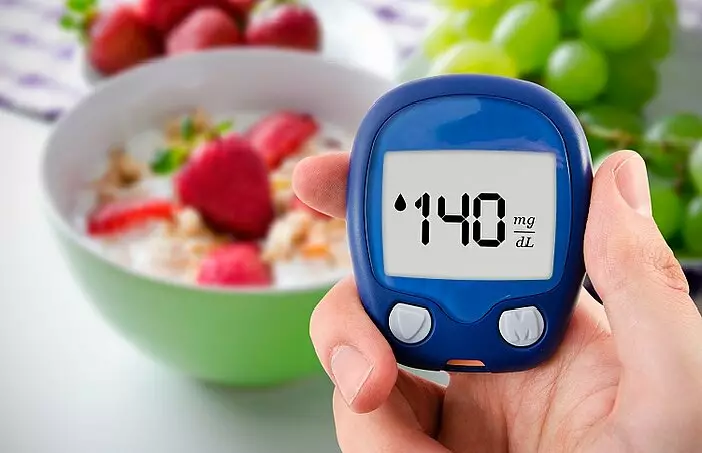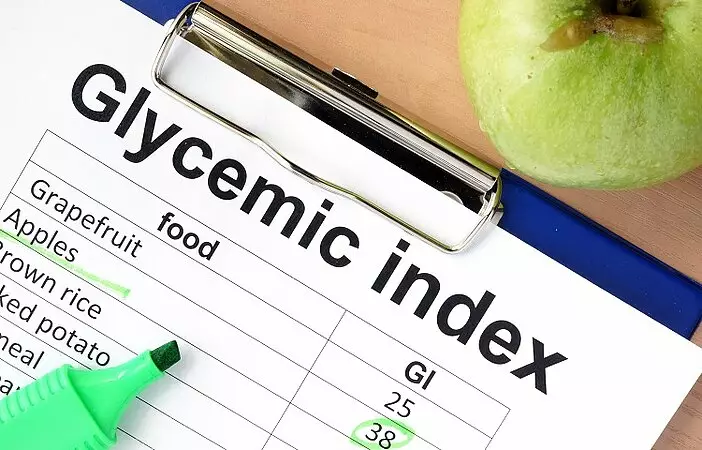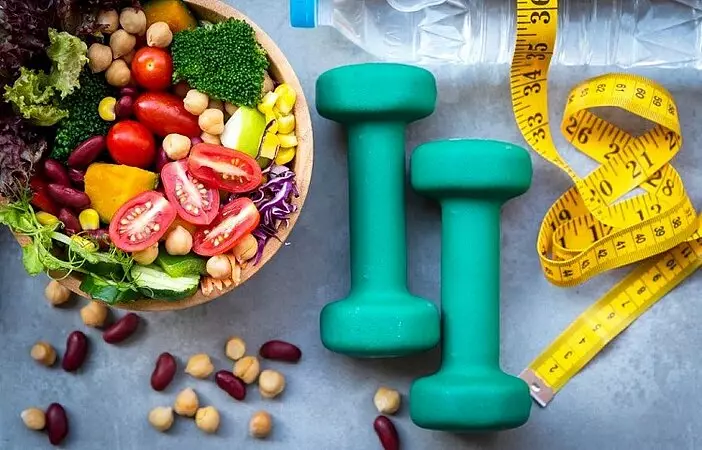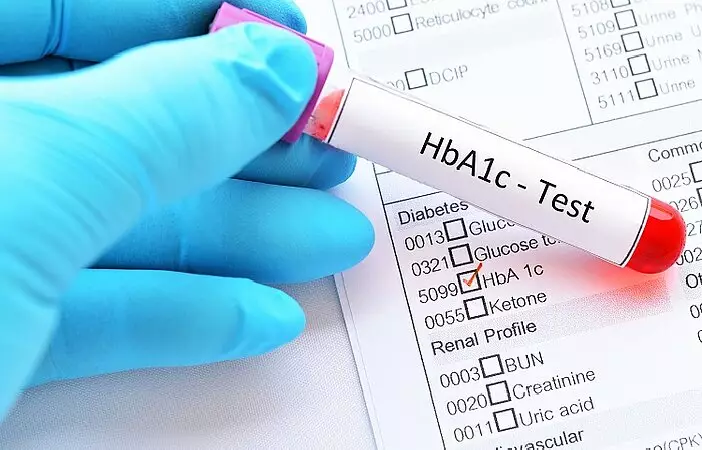
Table: Glycemic Load
| Food | Glycemic Load | Carbohydrate content per 100g |
| Apple | 4 | 11.4g |
| Avocado | 0,04 | 0.4g |
| Banana | 11,8 | 21.4g |
| Chips | 28,4 | 40.5g |
| Cucumber | 0,3 | 1.8g |
| Yogurt | 1,4 | 4.1g |
| Potatoes | 10,4 | 14.8g |
| Nuts | 1,5 | 10g |
| Wholemeal Rye Bread | 20,3 | 45g |
| Tomato | 0,8 | 2.6g |
| White Bread | 40,2 | 55.4g |


















